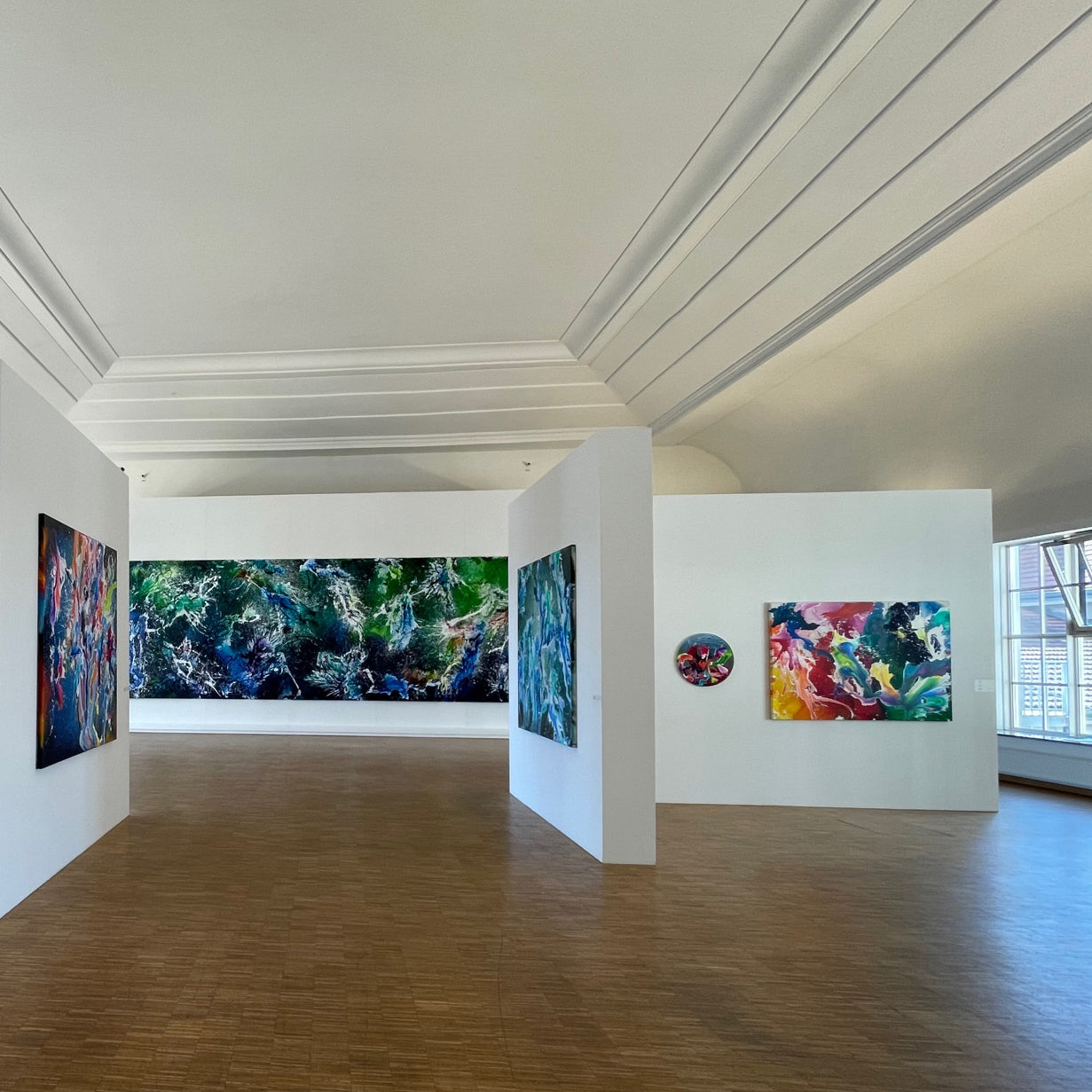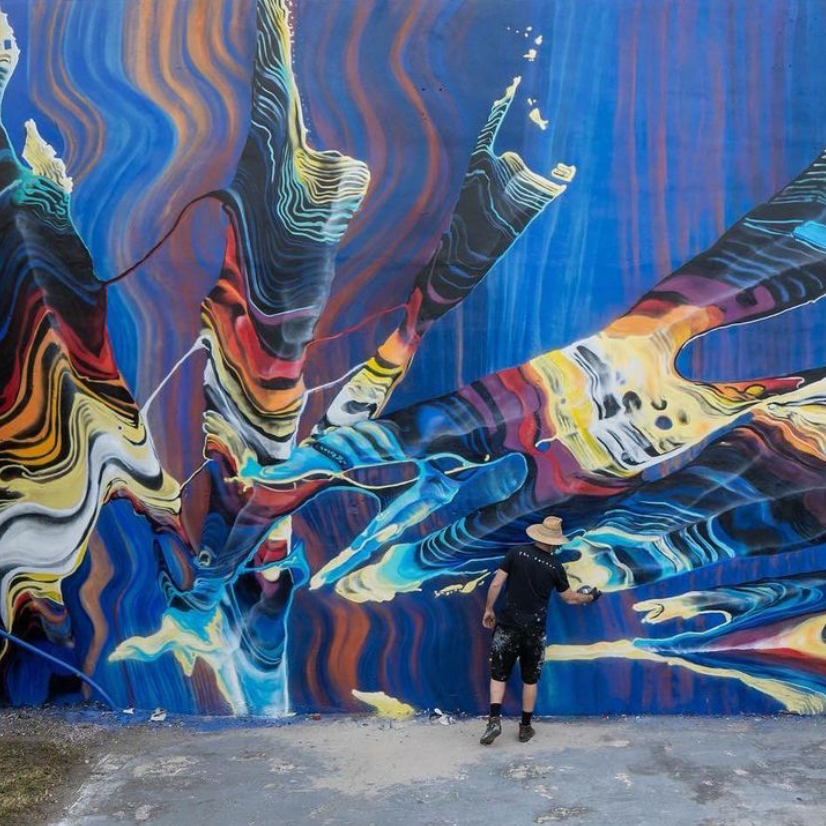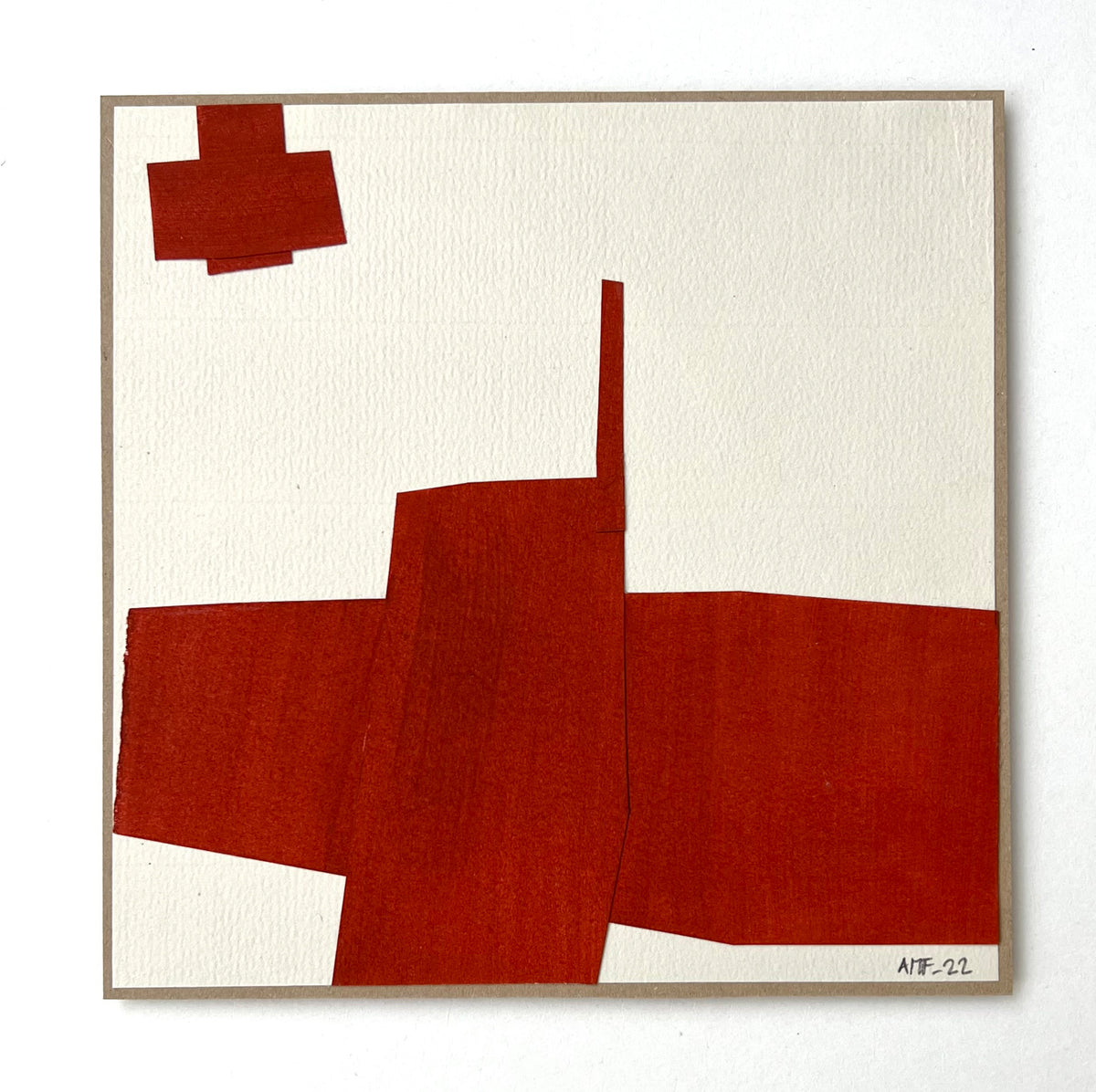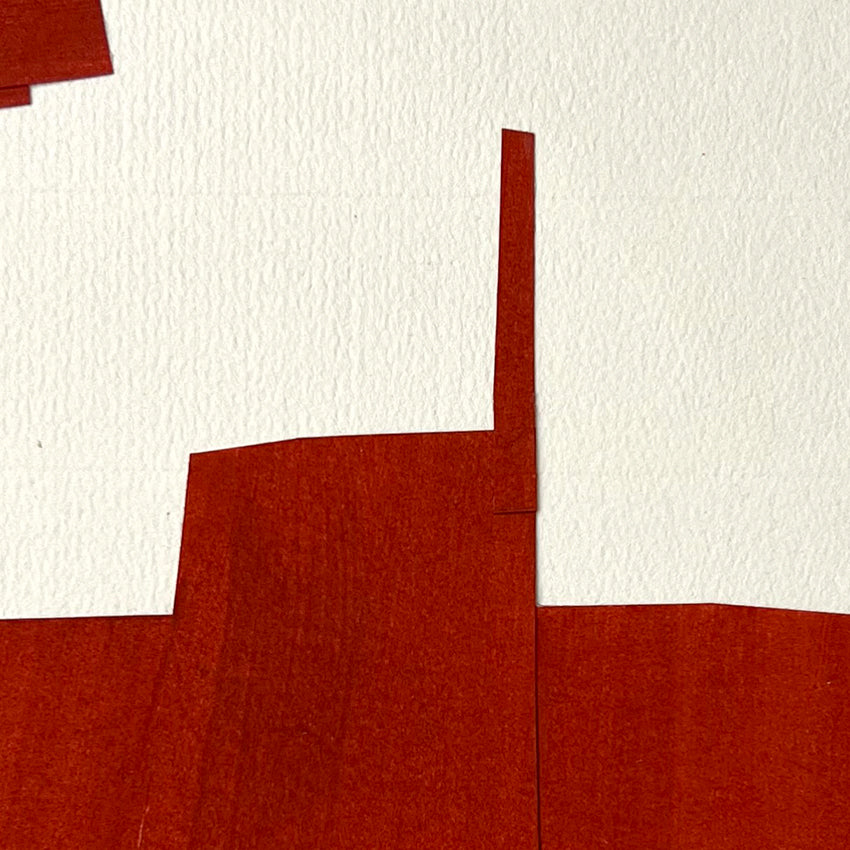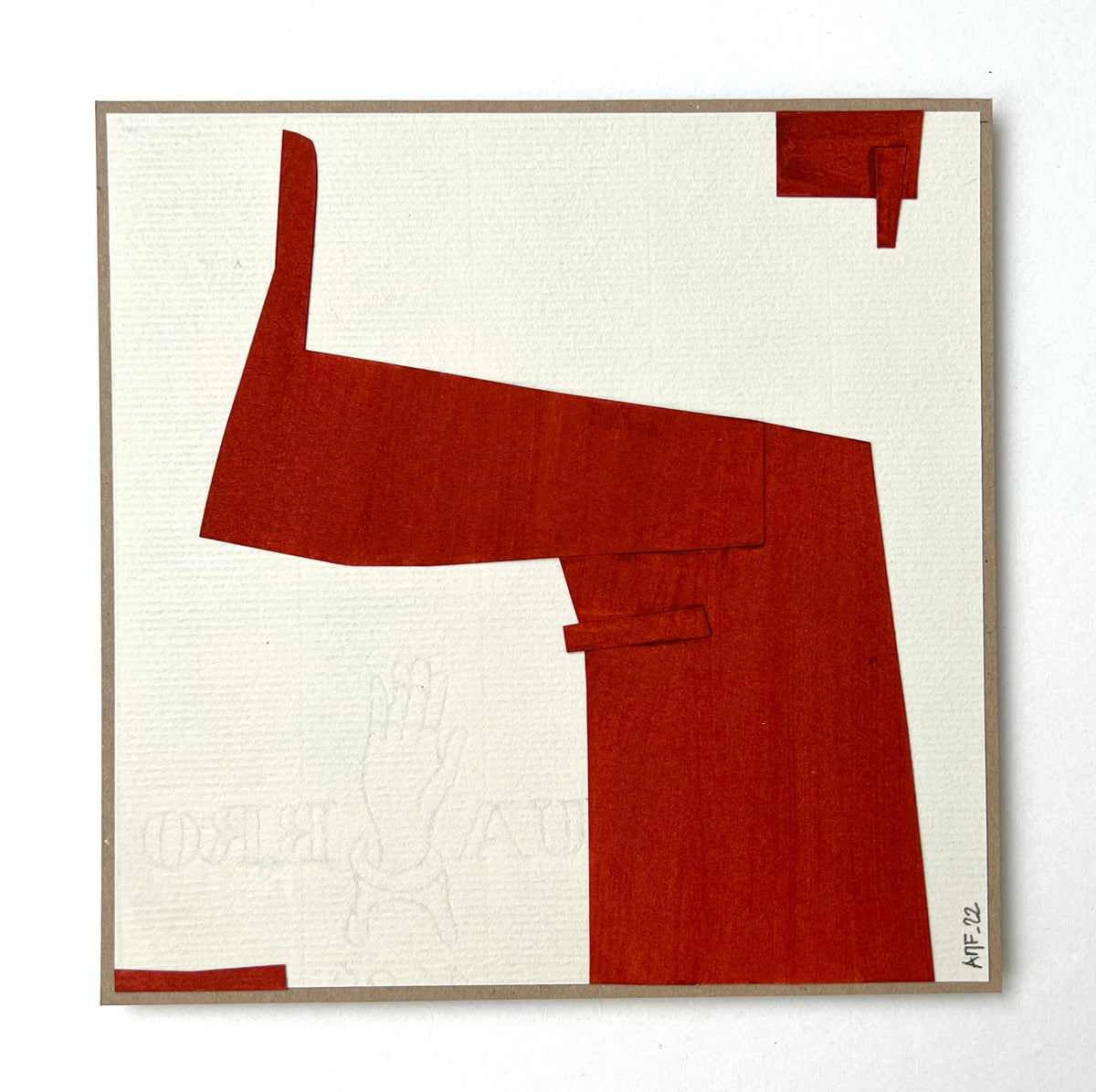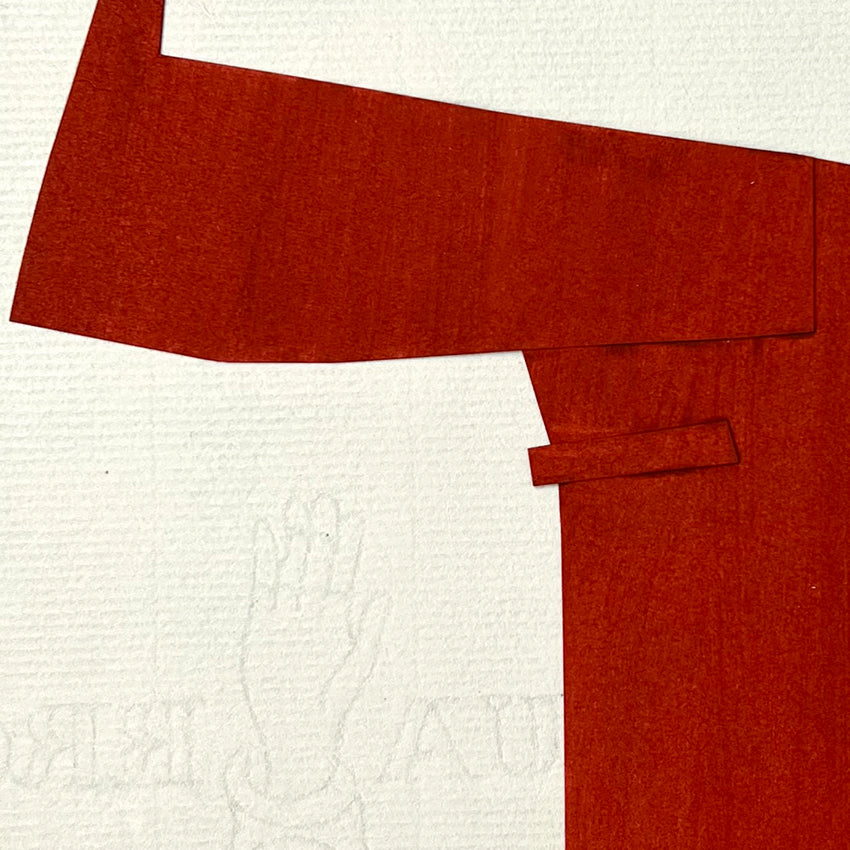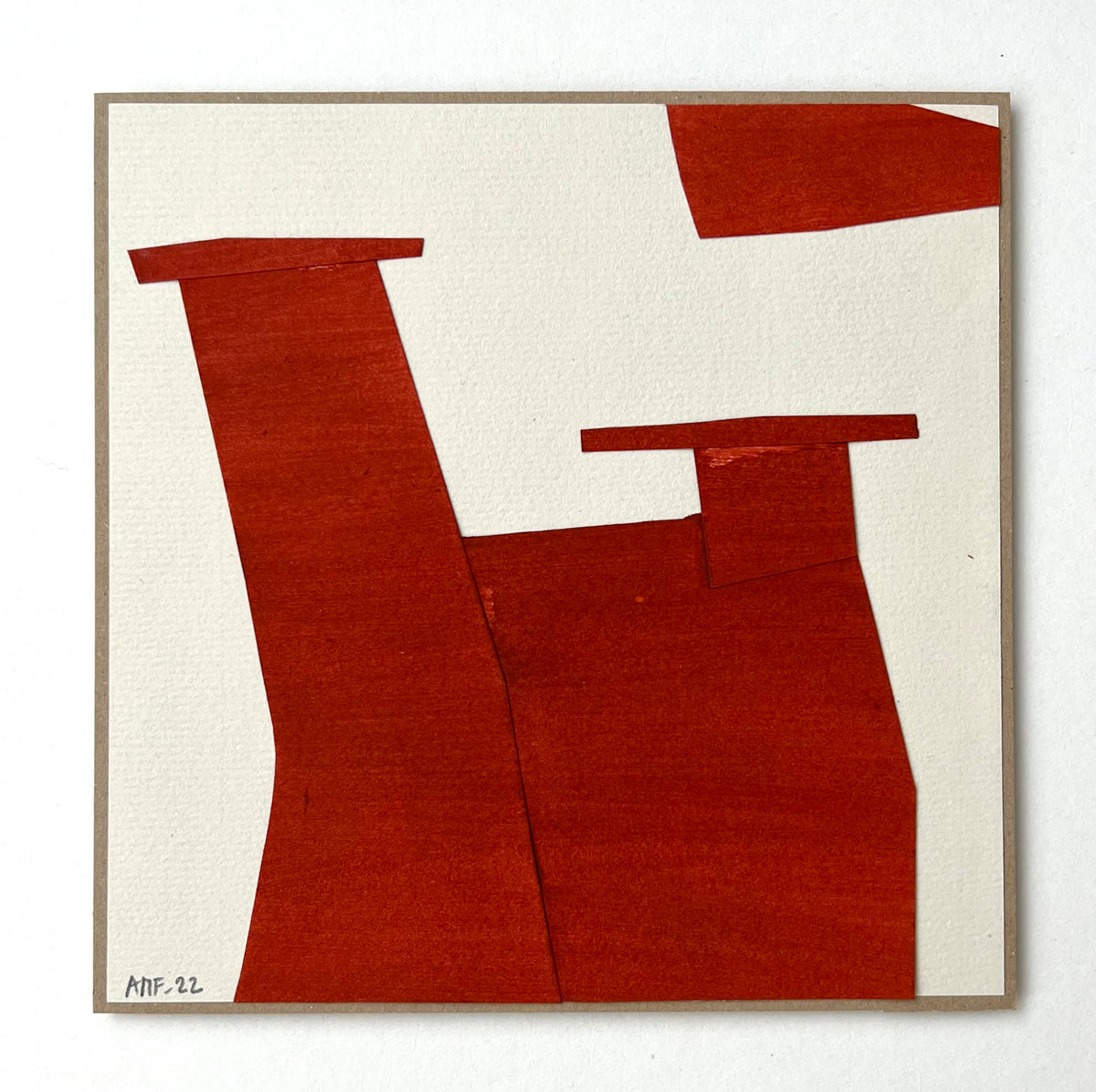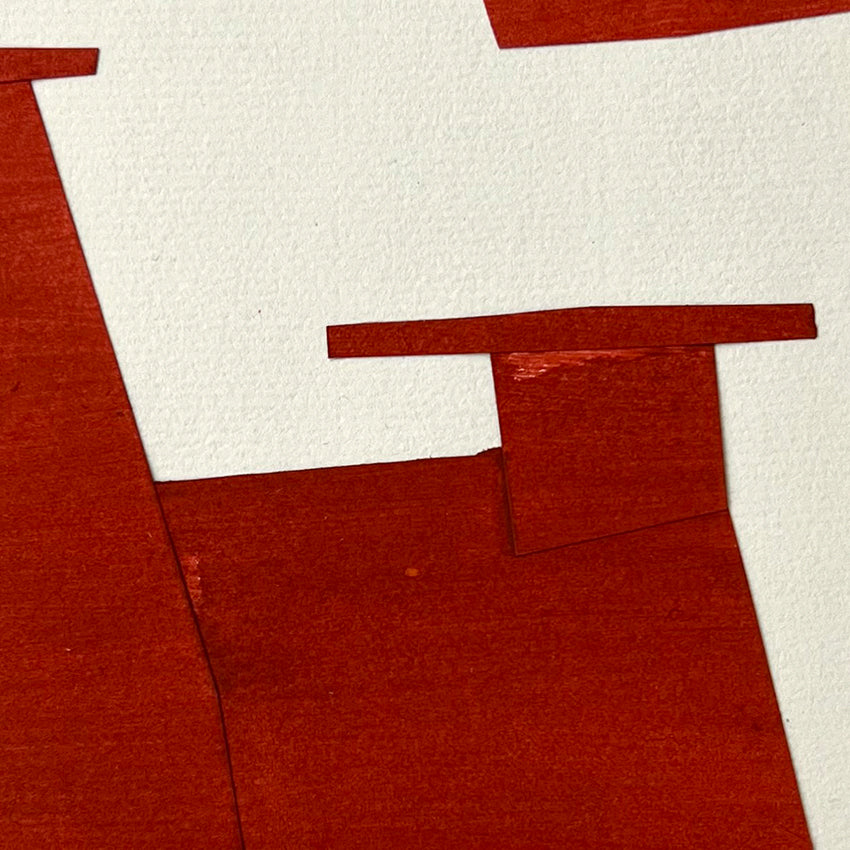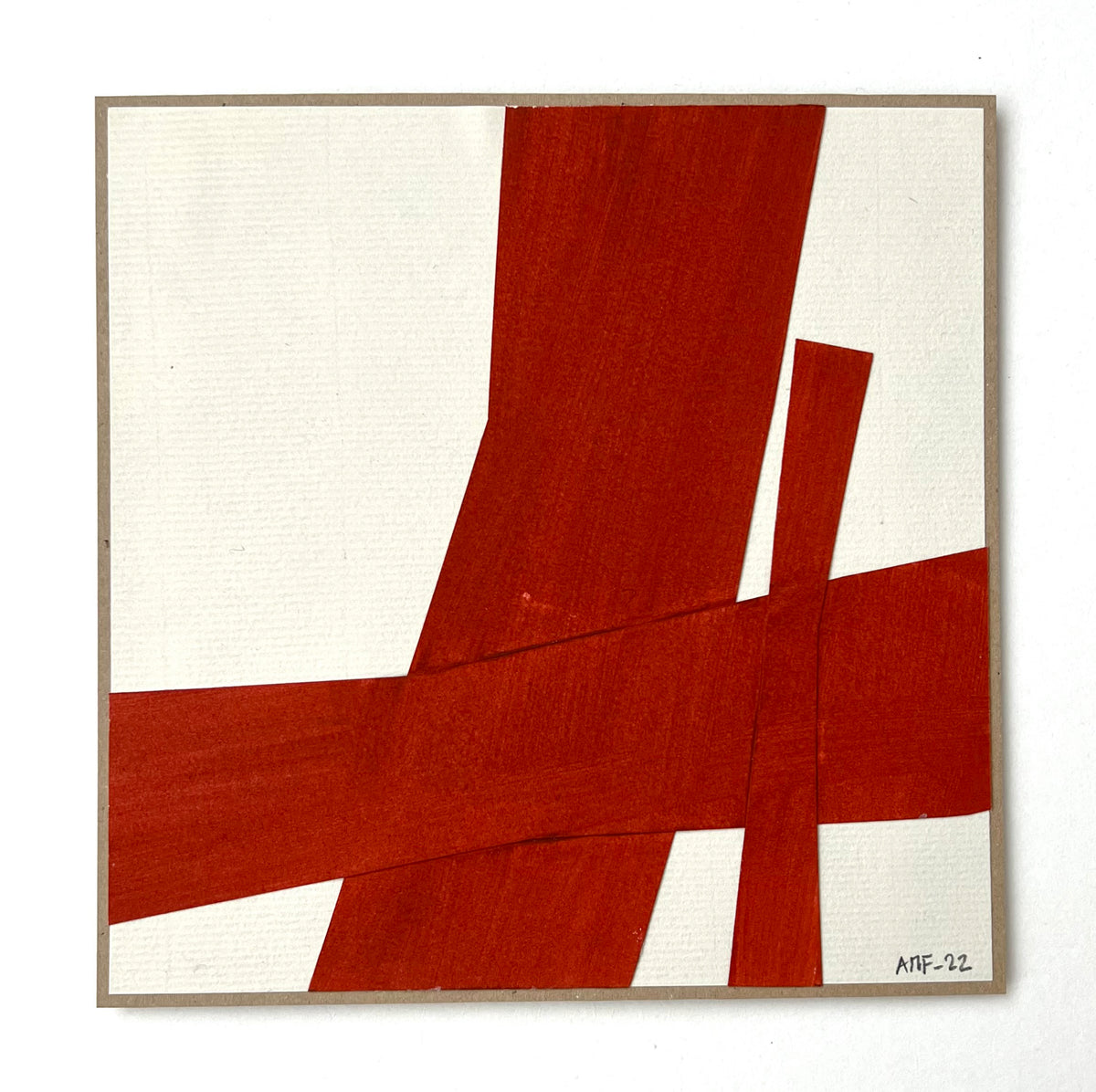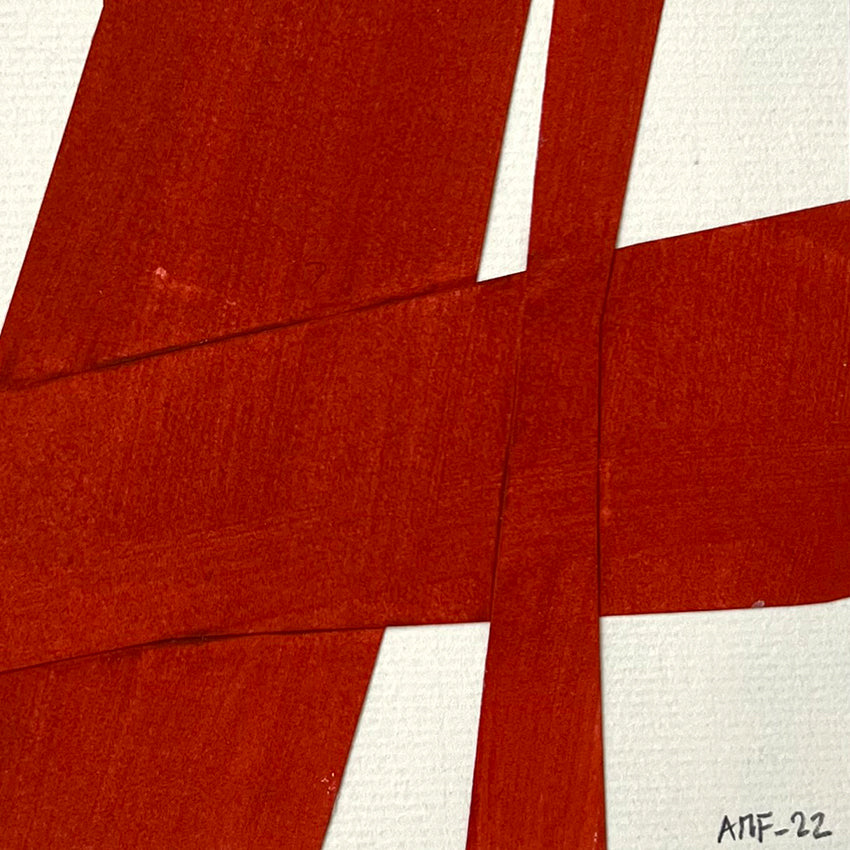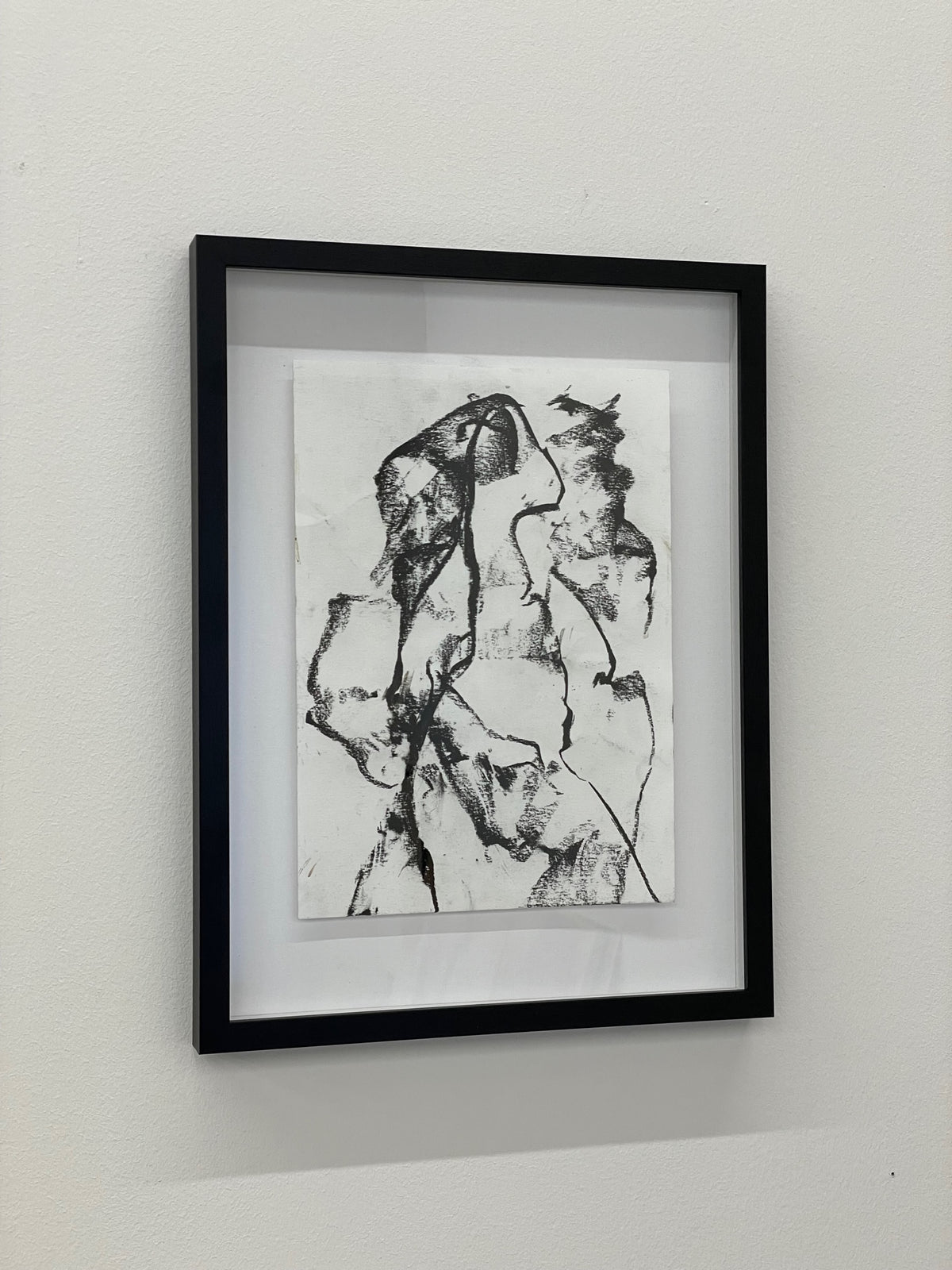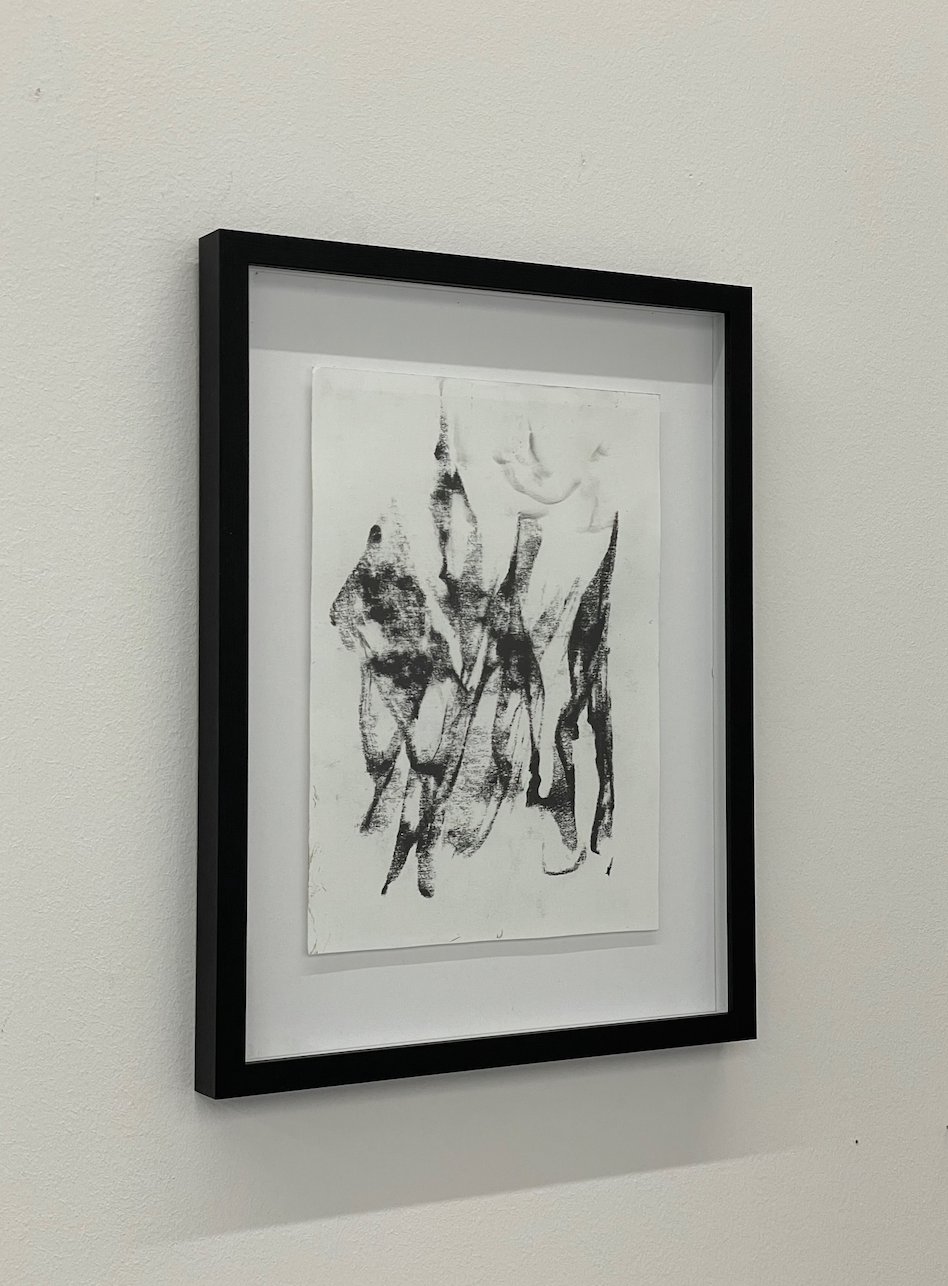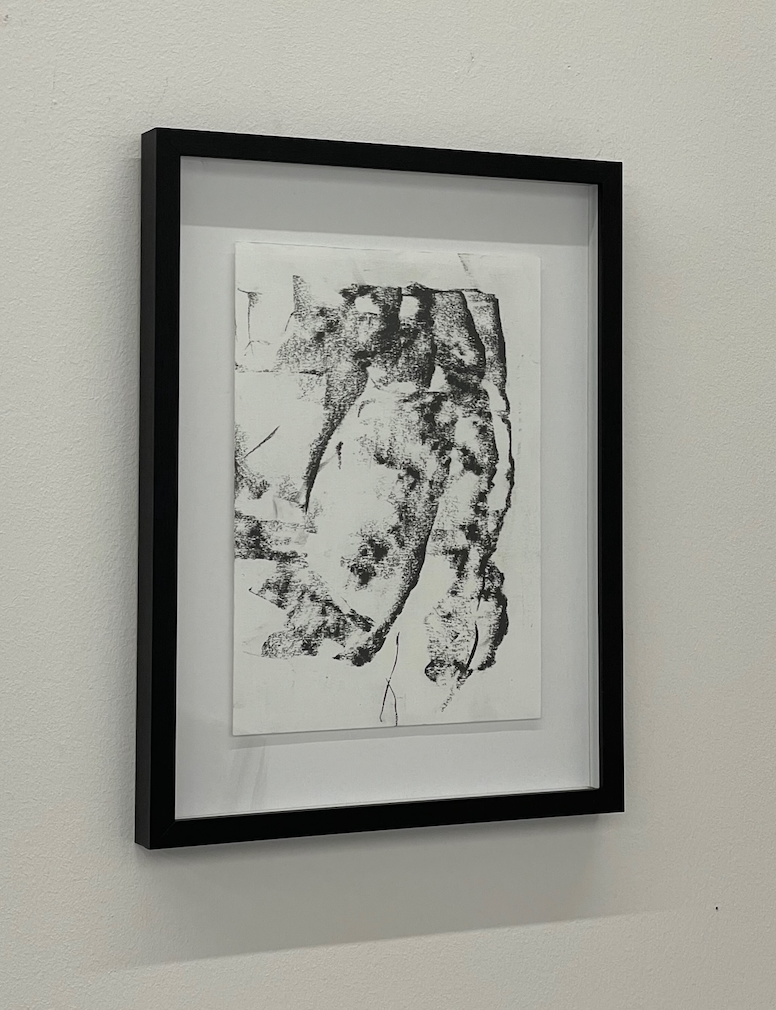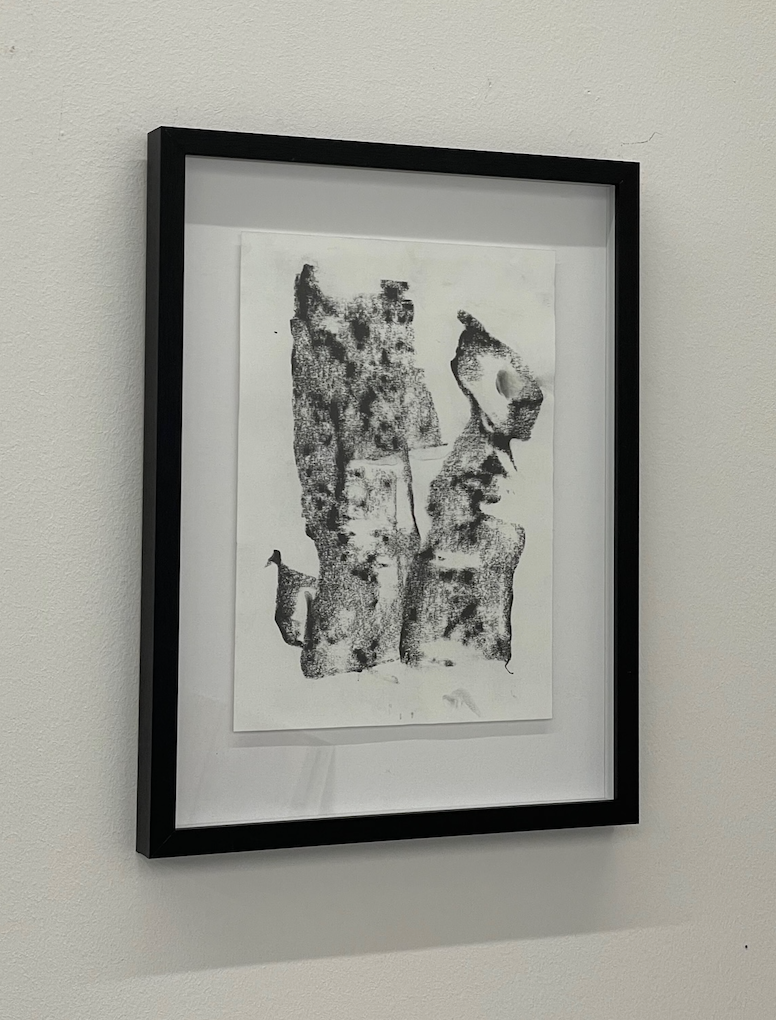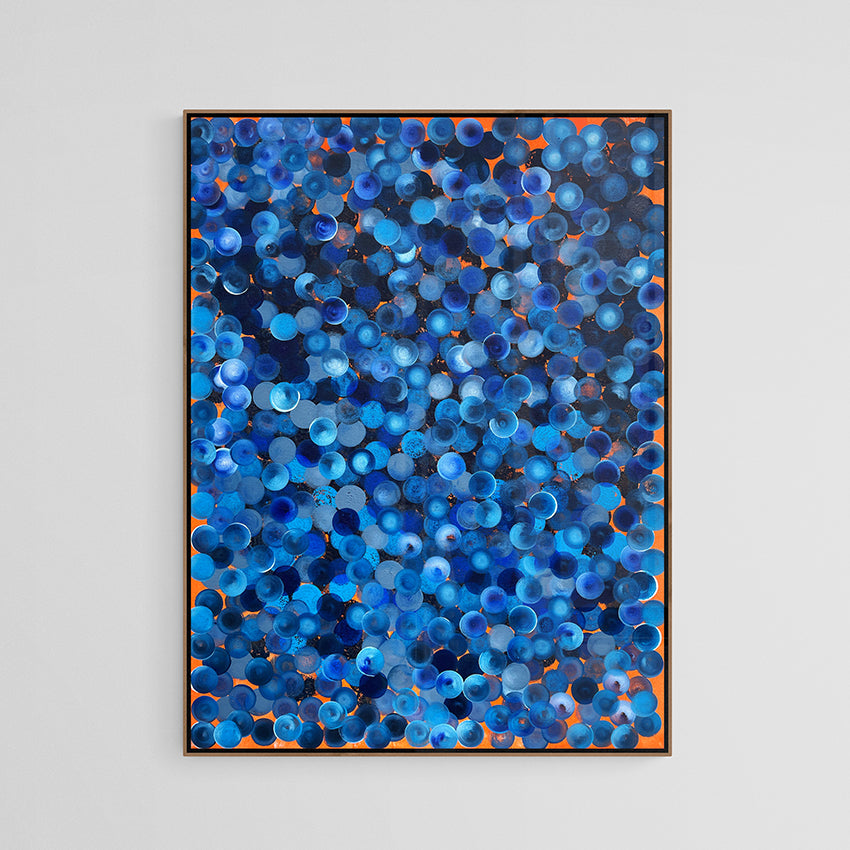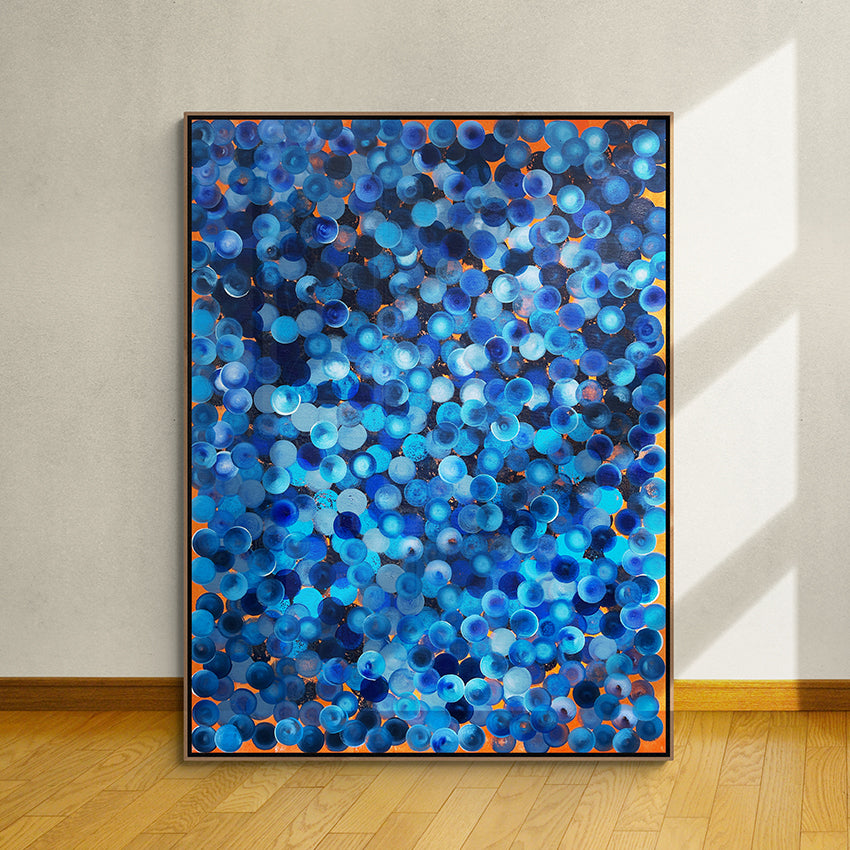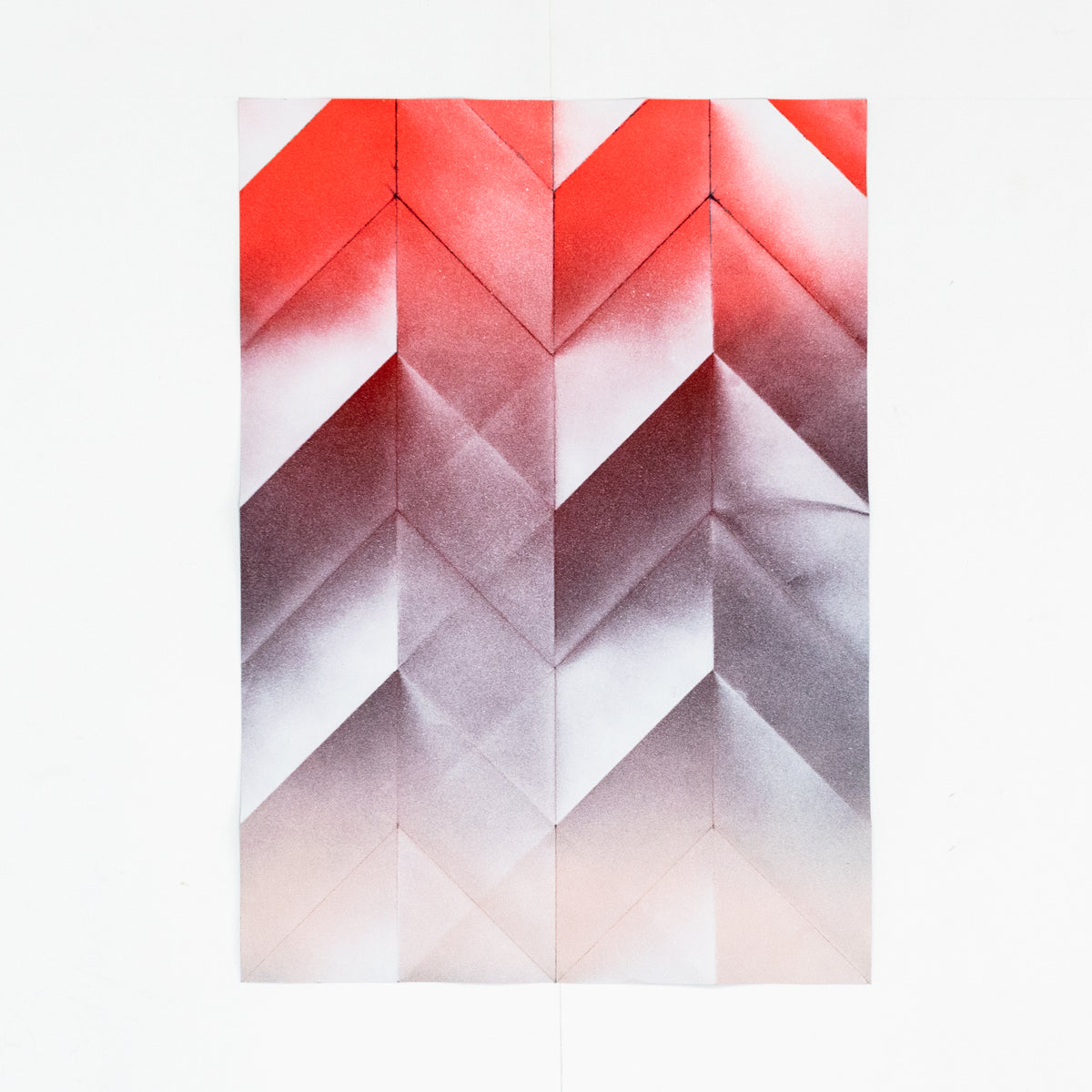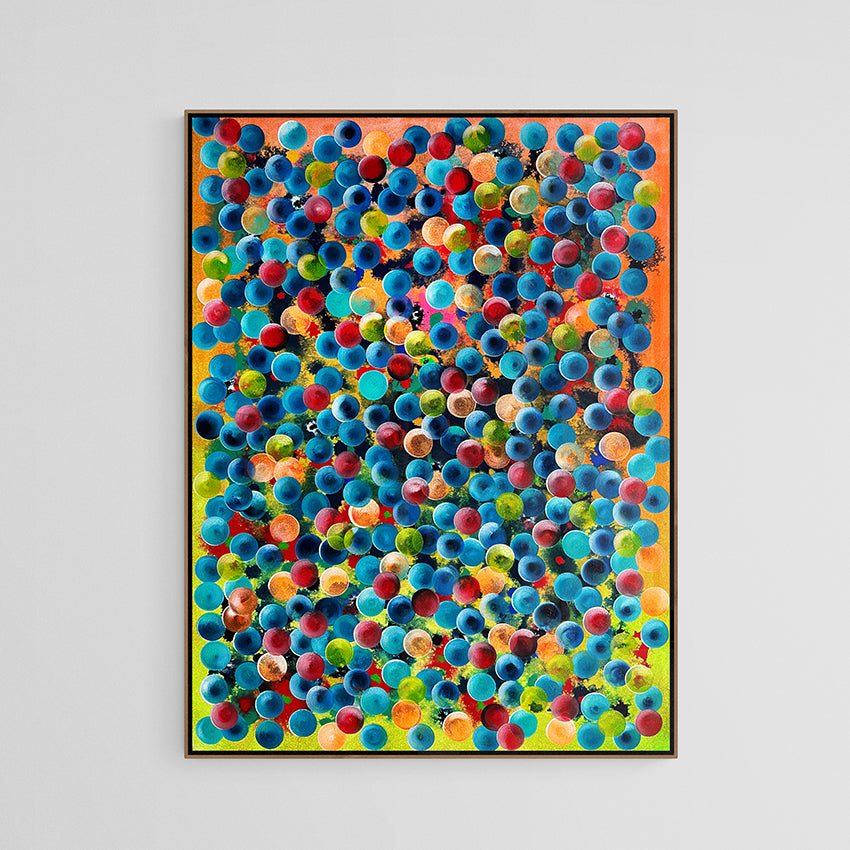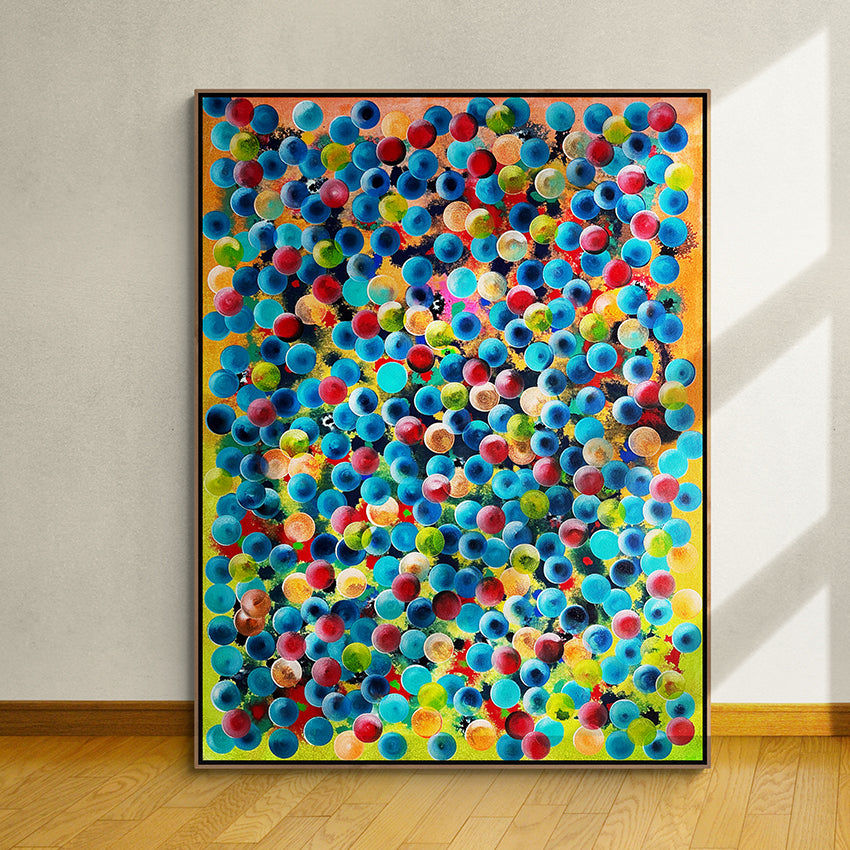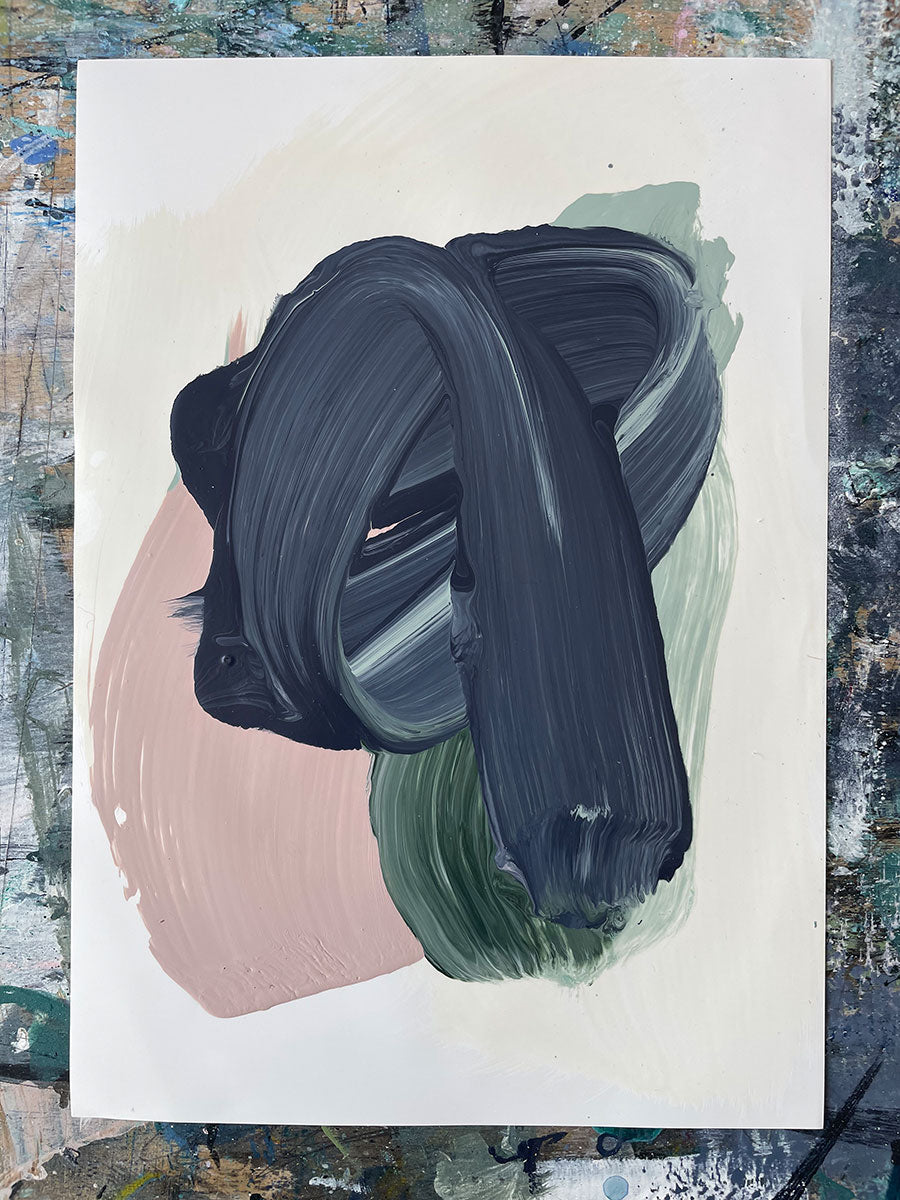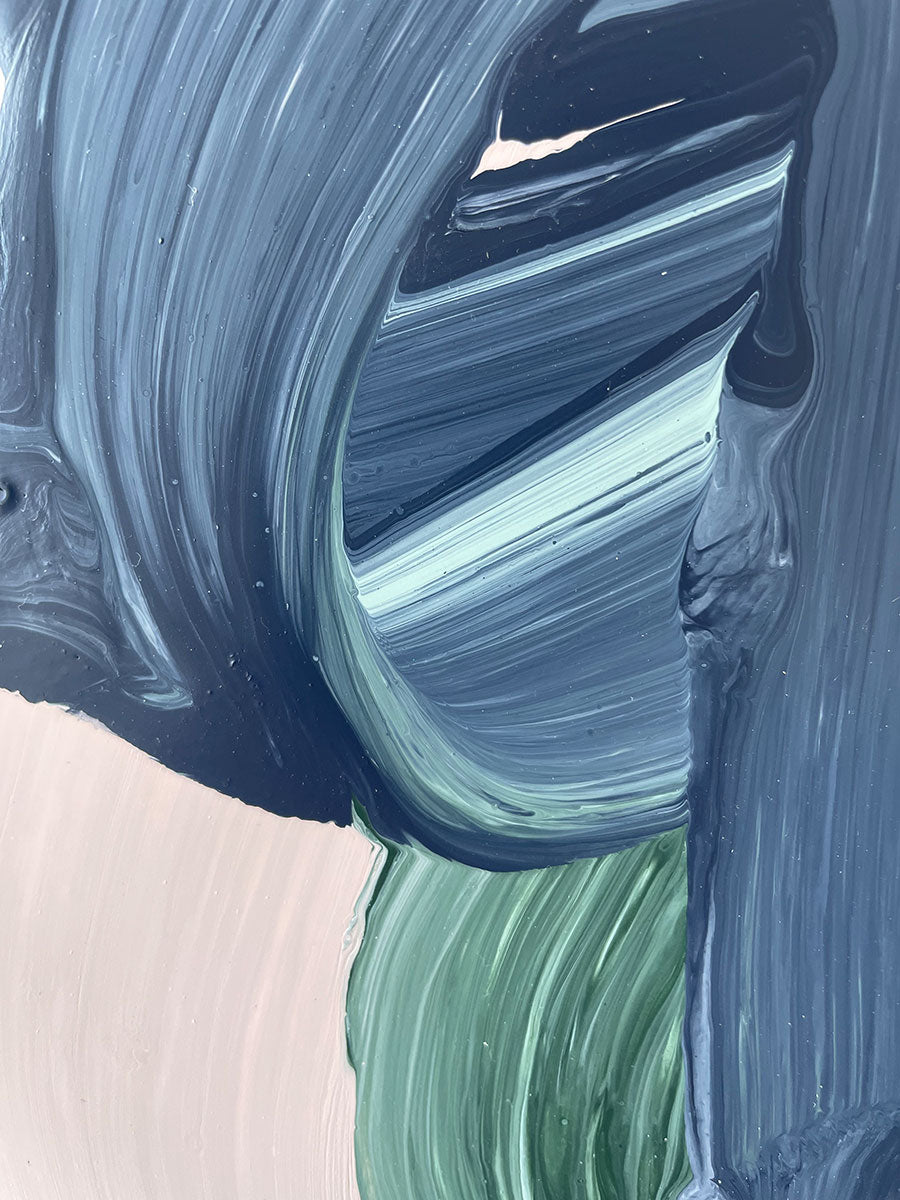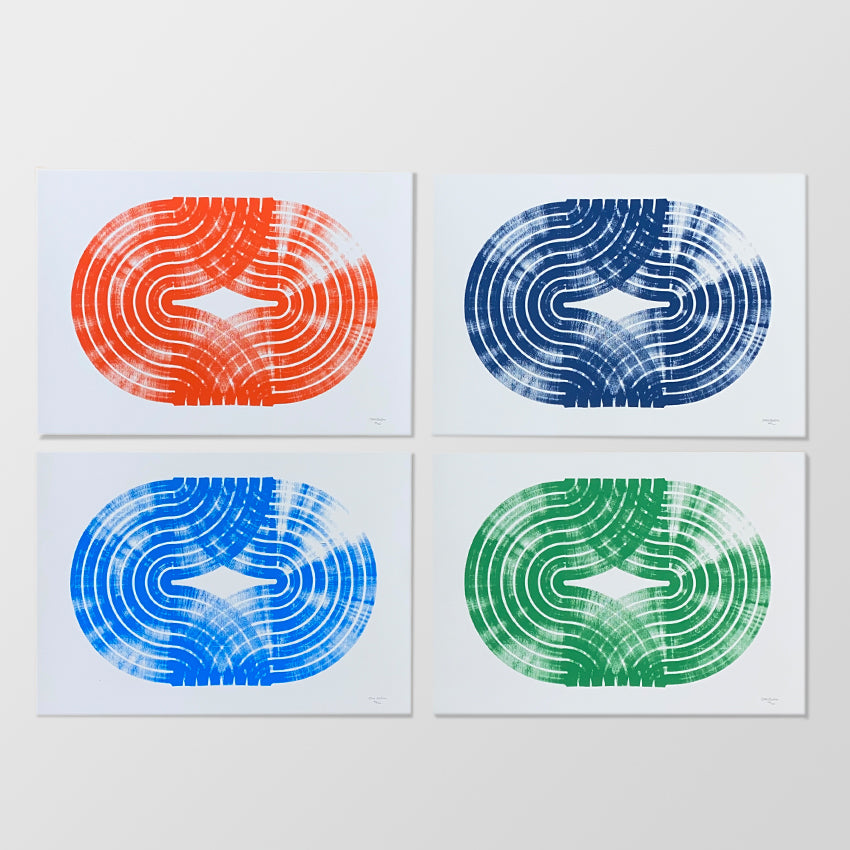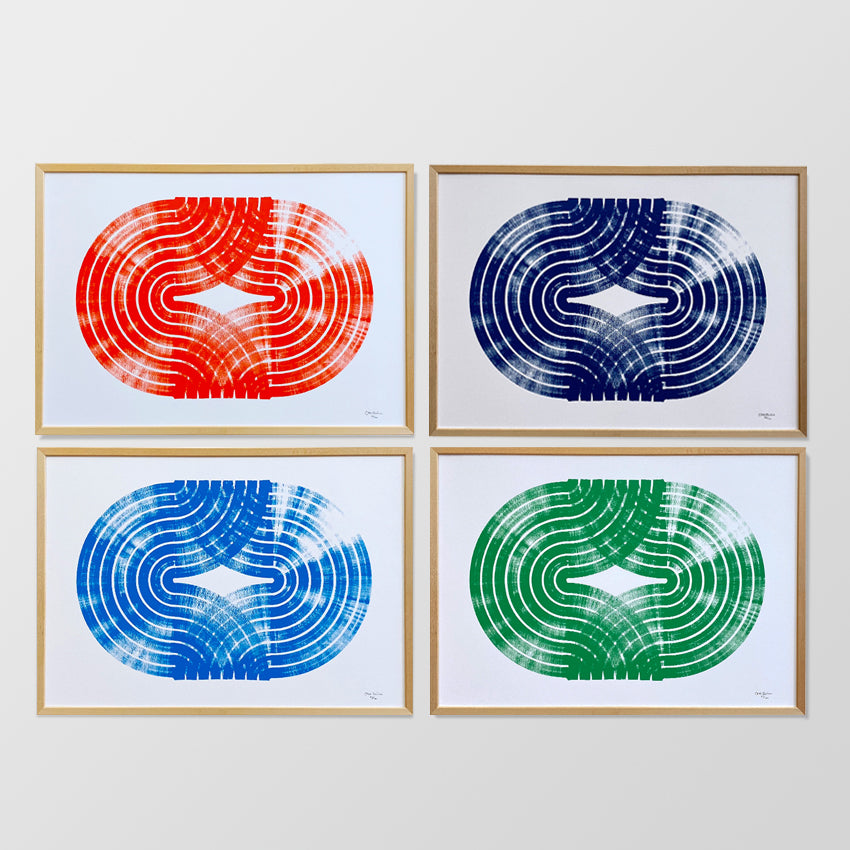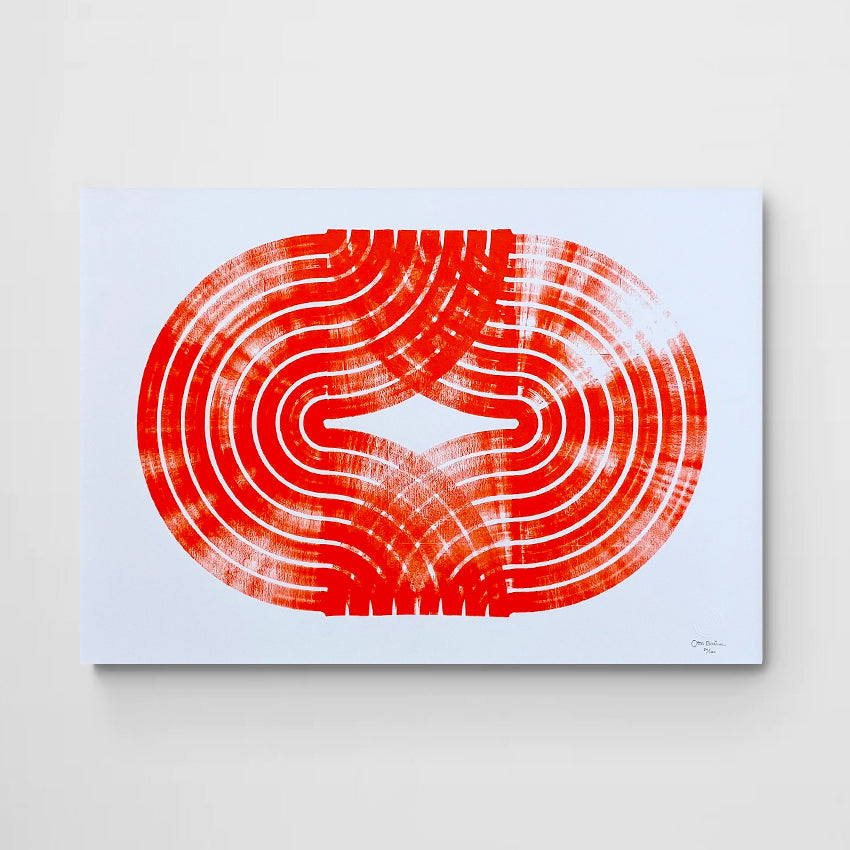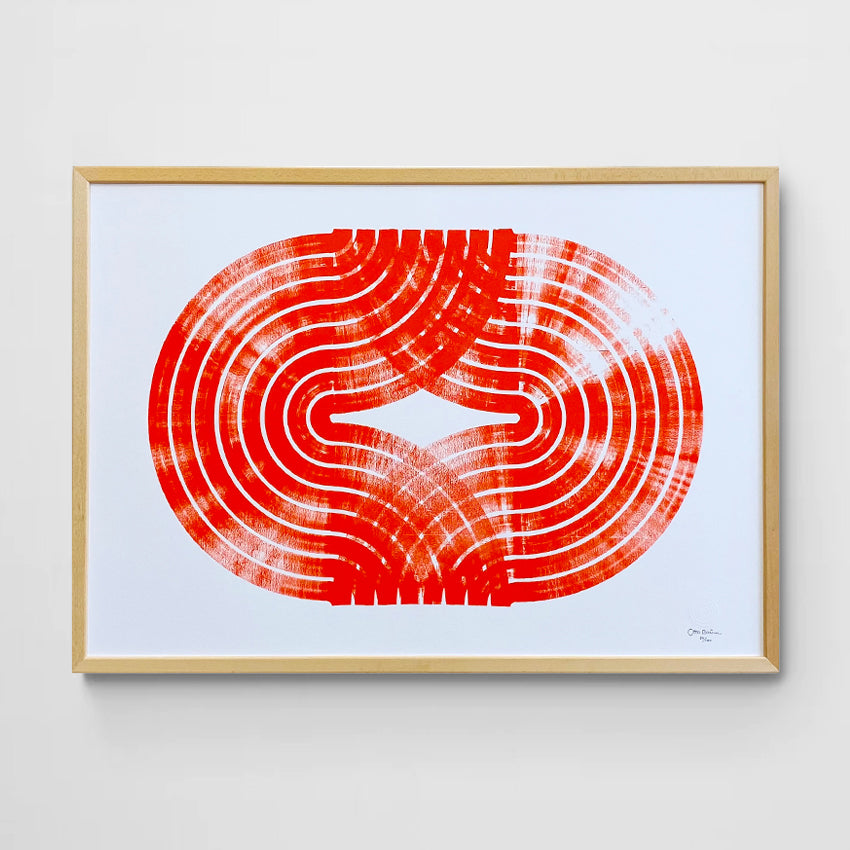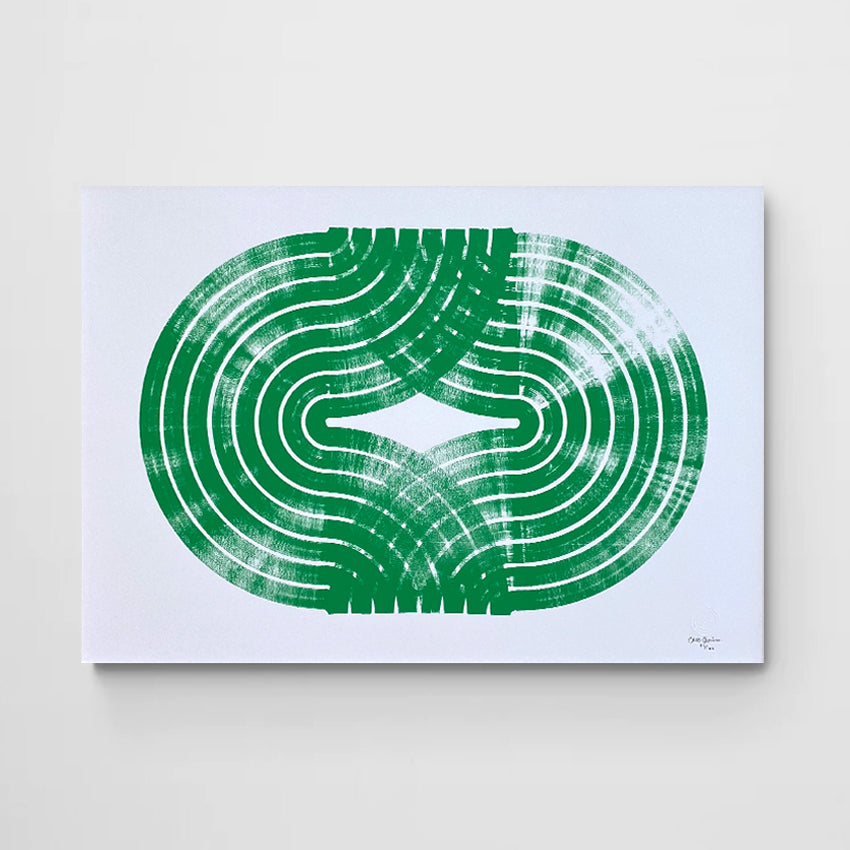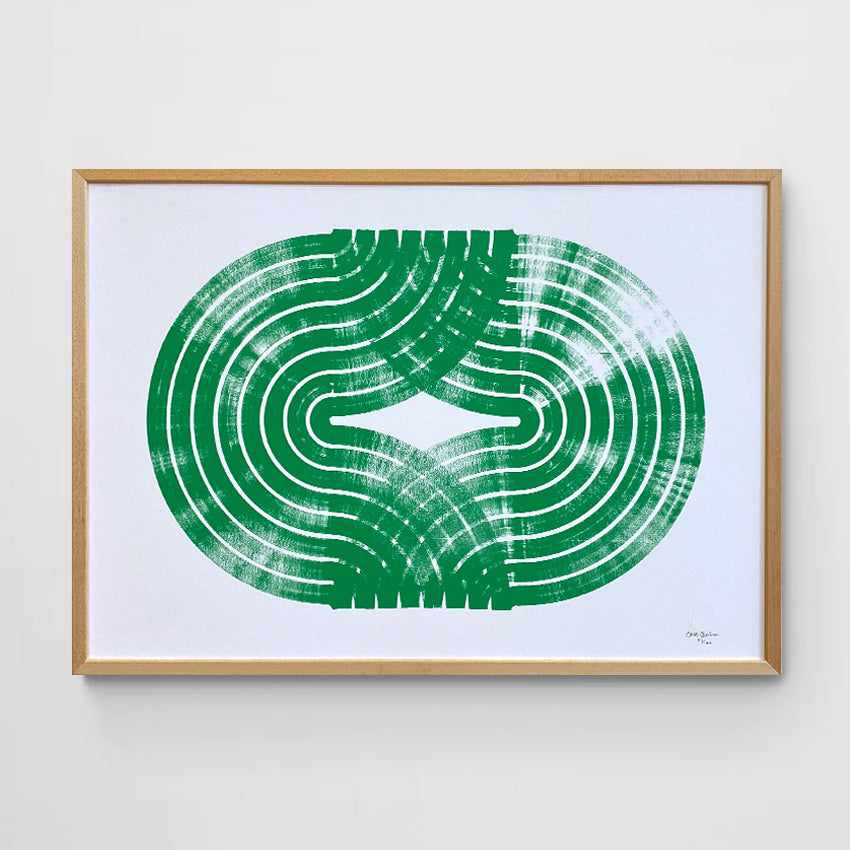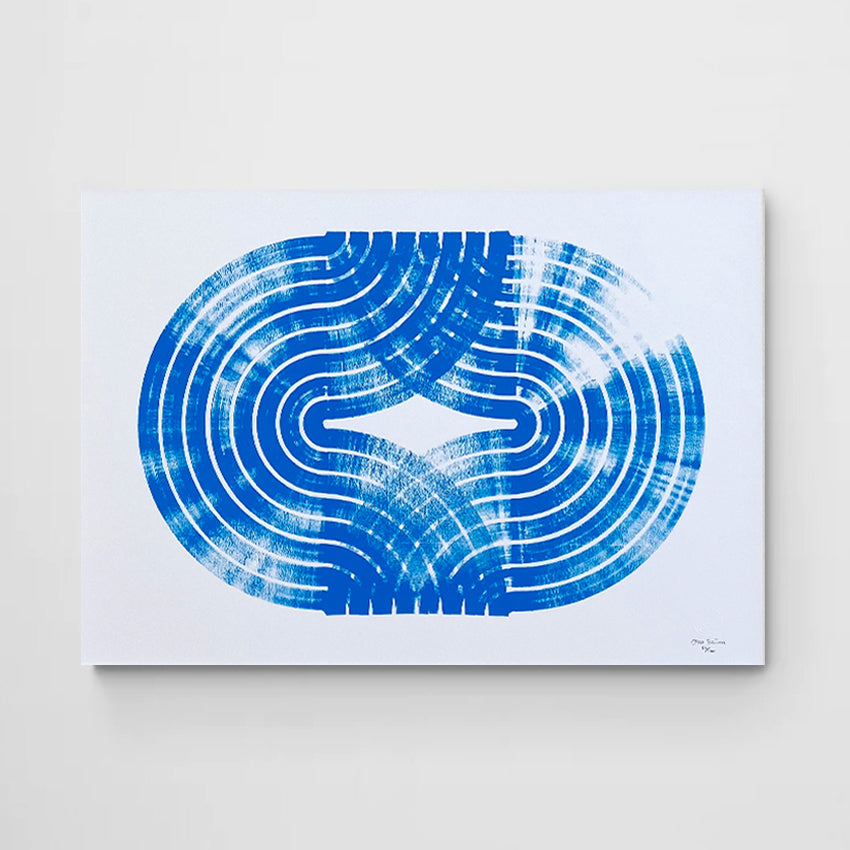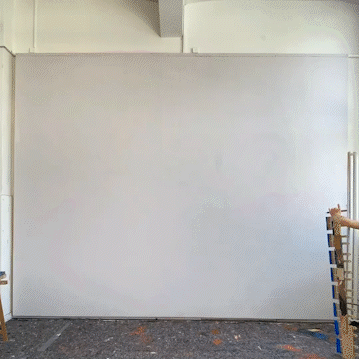The Latvian artist Vidvuds Zviedris was born in Riga in 1976 and studied painting in Detroit, Michigan. His works reflect elements of nature and the tradition of Latvian painting. In the future, he wants to focus on larger formats. We are already excited.

How did you get into art?
My grandfather was a painter and I grew up surrounded by art and painters, smell of turpentine was familiar to me from an early age. It was not until age 15 though that I took my first drawing class here in Riga with a teacher who's knowledge, understanding and love for painting made me fully commit to art. I studied classical drawing at his studio for two years and started my first oil studies outdoors. I later on went to study painting in Detroit and had a teacher there who had an incredible collection of local artists work. Names like Brenda Goodman and Sarkis Sarkisian were not familiar to me but seeing their works influenced me greatly as a painter. They had this very raw and passionate handling of paint which I had not seen before and it left a lasting impression on me.
How would you describe your style? What makes your work special?
I guess they are abstractions, somehow rooted in landscape. I never paint with a landscape in mind, but when finished, I always find myself seeing elements of nature in them. I am also Latvian which undeniably has left a mark on my work. We have a great tradition of painting in Latvia and I feel that my work is very much a part of it.
I am also obsessed with the surface of painting. It's something I find myself drawn to when I look at other painters' work as well. I think that most painters are aestheticians and I always love seeing the nature of the surface of their painting. I remember seeing a painting by Francis Bacon and was amazed at the pure beauty of the quality of his brushwork. I don't think it's a conscious decision to make the surface be intriguing, but somehow all good painters manage to achieve that.

How do you go about developing your work?
I work with acrylics, which is not an easy paint to make work, it has a very plastic look to it which is not appealing to me. But the good quality is that it dries fast which allows for rapid changes and what is important to me is that the painting can be sanded with electric sander. In a way electric sander is as much part of painting for me as is the brush. So paintings are worked over in multiple layers and sended between each layer. I do not sand the works because I like the way it looks, though it does look quite interesting. I mostly sand because I am unhappy with what I have painted but do not want to lose all the work done before. So it becomes a process of layering and with each sanding a new layer of history of each painting gets revealed and saved a bit. In a way my works remind me of frescos as the paint gets sanded into the fabric of canvas and they definitely have the look and feel of a fresco more than an acrylic painting.

Who or what influences you?
I am mostly influenced by the work itself, there is always a section within the work that has come about subconsciously that excites me and which I want to bring to life in another painting, but on a different scale. But I am equally influenced by the history of painting. I find paintings to be an incredible source of inspiration, not one individual painting, but painting as an idea. It is always surprising to me how different and never ending the possibilities of painting are. There is a mystery in a good painting, a sort of riddle that can not be solved, ever.
Make us curious. What is planned next?
At the moment I am working on a series of large scale paintings. There are possibilities within large scale painting that are very different from small or medium size works. So at the moment I am fully invested in working on this larger scale.




